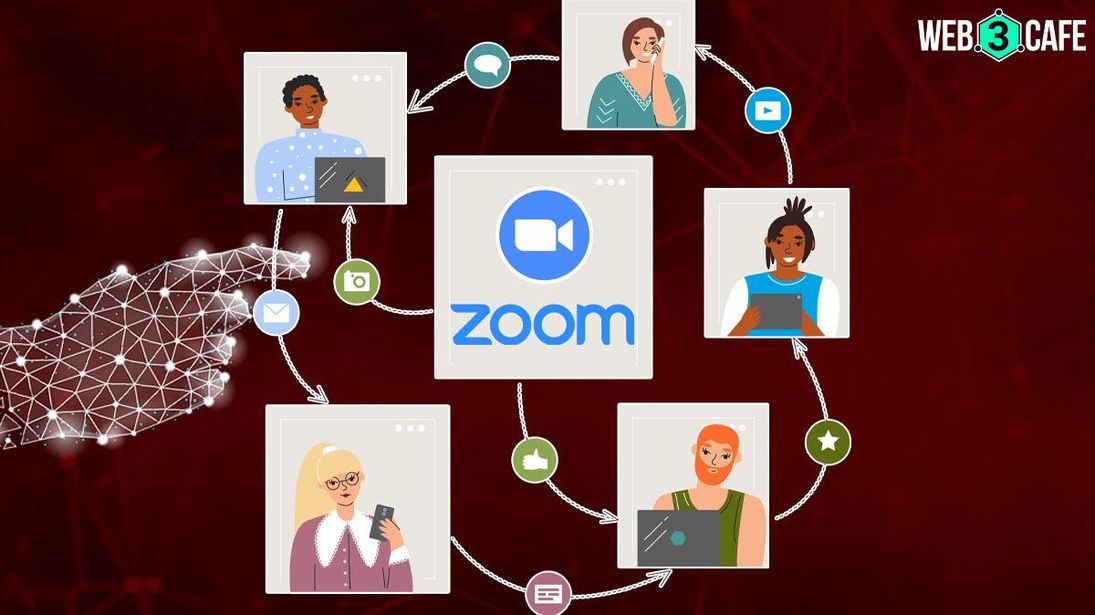Zoom’s new privacy policy on AI gives users control over their data, company retracts feature after backlash
The company is committed to providing clarity on two critical components of its services: the adoption of AI capabilities and the exchange of client material for the goal of product enhancement.
 artificial intelligence
artificial intelligence
Highlights
- Zoom addresses privacy concerns amidst AI training controversy
- Zoom updated its terms of service in March 2023, enabling user-generated content for AI training & product development
- It requires user consent before using AI models, as emphasised in Section 10.4
Zoom, a popular video conferencing company, recently updated its terms of service, raising worries about user privacy. The changes give the corporation the freedom to use user data for artificial intelligence (AI) training without providing an opt-out option. While Zoom executives have attempted to ease worries, users and experts remain cautious about the implications of these modifications.
In March 2023, Zoom updated its terms of service, allowing the platform to utilise user-generated content such as video, audio, and chat transcripts for purposes like AI training and product development. The new policy also extends to ‘Service Generated Data,’ encompassing monitoring data and user behaviour analysis.
The changes gained attention after an online forum post caused outrage among users who expressed concerns about their privacy. In response, Zoom's Chief Product Officer, Smita Hashim, published a blog post addressing the issue. Hashim clarified that while Zoom does employ user data for AI training, it refrains from using audio, video, or chat content without obtaining customer consent.
Users terms of service
Zoom has taken proactive steps to improve its terms of service as part of its ongoing goal of offering innovative and secure communication solutions.
The company is committed to providing clarity on two critical components of its services: the adoption of AI capabilities and the exchange of client material for the goal of product enhancement. Zoom intends to provide account owners and administrators the power to govern these features and decisions by prioritising user control.
What’s the new updates according to Sections?
Clarification of data handling: Zoom emphasises the ability of consumers to produce and control their video, audio, and chat content in Sections 10.1 and 10.6. In its press release and accompanying blog post, Zoom has provided the following sections where it specifically discusses its terms of service.
While the platform acquires authorization to utilise this material to provide value-added services, users retain ownership and control of the content. For example, if a client asks Zoom to broadcast their webinar on YouTube, they maintain ownership of the primary material, even if Zoom supports the livestream.
Empowering user experience: Section 10.2 discusses the idea of service-generated data, which includes compiled information on how users interact with the platform as a whole. Zoom claims ownership of the data, which also includes monitoring and diagnostic data. By optimising data centre loads and maintaining improved video quality, especially during peak usage periods, the platform is now able to improve user experiences.
Value-added services: A significant aspect of the revised conditions relates to Section 10.4, in which Zoom seeks to make clear how it views value-added services and meeting recordings.
While Zoom has a licence to record material in order to provide services like meeting recordings, the client still retains ownership of the recording at its core. Zoom uses this platform, for instance, to offer machine learning features like automatically scanning webinar invitations and reminders. This reduces the chance of accidental abuse or spam. In these situations, Zoom receives the necessary usage rights, but the client retains ownership of the original content.
User-centric AI approach: The agreement to use AI only with user permission is a key component of the contracts. Section 10.4 emphasises that without getting consumer authorisation, Zoom does not use audio, video, or chat content for training its AI models.
AI-related features of Zoom
Zoom provides various AI-driven features, including ‘Zoom IQ,’ which offers automated response generation and chat thread summarisation. Users can enable these features but must understand that doing so permits Zoom to gather data for enhancing its AI models. While Zoom claims that users retain the option to enable or disable these generative AI features, the process for opting out of AI training on service-generated content remains unclear.
The road ahead & prior privacy issues
When it comes to privacy, Zoom has had privacy issues in the past, including restricting end-to-end encryption to paying users and improperly disclosing user data sharing with internet giants Google and Facebook. The company reached a settlement with these problems in 2021 for $85 million.
Some customers are still unconvinced by the company's privacy policies, despite its efforts to reassure them. For Zoom to regain user trust and withstand scrutiny, increased transparency and enhanced options for data usage control are mandatory and imperative.


COMMENTS 0